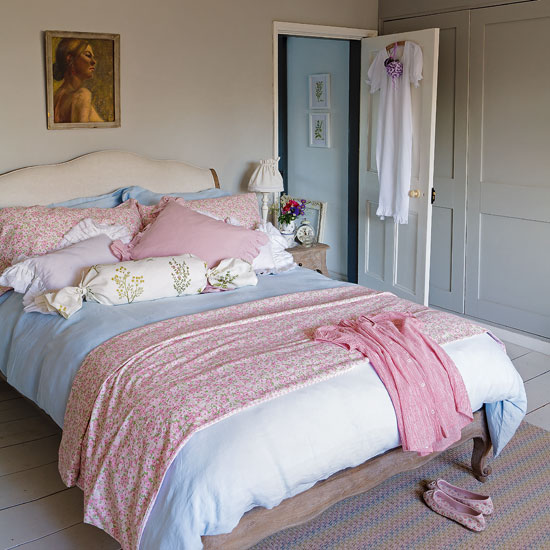 |
| Courtesy of design-fatality.deviantart.com |
Do you ever wonder if you are still the same person you have
always been? Can you feel your inner child inside you, reacting to the life you
live now? Do our personalities survive intact over years of growth, change and
(at my age) a certain amount of external sagging?
Sometimes we feel completely divorced from our past selves. What
do I have in common with the Sophie who so desperately wanted to win the bunny
hops race at primary school that she burst into tears yards from the finishing
line? Or 26-year-old Sophie who left everything behind and flew off to live in
Hong Kong, with only the promise of a floor to sleep on and a reliable supply
of Chinese food?
Think of the number of brain cells that have died and been
replaced since childhood, continuously creating a new self and discarding the
old one. Am I, in scientific fact, not still the same person I was?
As a married forty-something with a mortgage and two
children, I was stunned when a counsellor looked me in the eye and said, ‘Ah! You’re
a risk taker. It’s a character trait.’ I remembered how toddler Sophie climbed
the highest slide in the playground, and came swooping down, thrilled, while
Mum called out predictions about ending up in casualty. And how, at 26, I was
ready to relocate to war-torn Sudan where, disappointingly, there wasn’t a big
demand for book editors. But was I really still that person?
Yes, something of the child survives – and this is how I
know. A few years ago I went to a primary school reunion, and there was Sally
Forsyth. She was called something different now, and was an adult woman, and –
I kept having to remind myself as we stood in the school building where we were
once best friends – so was I. We caught up with where life had taken us. I had
had children, and she hadn’t. She had a head for business, and I don’t. But I
came away knowing exactly why I loved her when we were five. There was the same
spark, the same sensation of a self recognising a compatible self across a
crowded room, and knowing we should be together.
A few weeks ago, I went to Jim Watson’s funeral. The Watsons
were our closest friends when I was tiny. Kitty was Mum’s friend; and Jim was
Dad’s. They had two girls too. I was the younger child but paired up with their
older daughter, Rosalind, while my older sister was friends with their younger
girl, Miranda. We played together all the time, spent Christmas day together,
grew up side by side.
We had not seen each other properly for years, yet at the
funeral, my sister and I each gravitated towards our former friend. And there
was that spooky sense of recognition. Rosalind’s sharp wit. The way she laughed
out loud when she found something outrageous. The forthright, original things
she said. She was still the bright, imaginative, quirky person she had been as
a child. We might have been back in the bedroom where she put pillow slips on
her arms, we back-combed her hair and she sang ‘Ride a White Swan’ like Marc
Bolan; where we screwed our eyes shut and convinced ourselves that her bed
could fly us to the moon. She was still the person that child-Sophie thrived on
and recognised as one of life’s true friends.
 |
| Courtesy of www.fruitacresfarms.com |
However many brain cells die, however much adult life buries
us, something deep within us is continuous, and survives. Now excuse me while I
head for the park to find the biggest slide.


